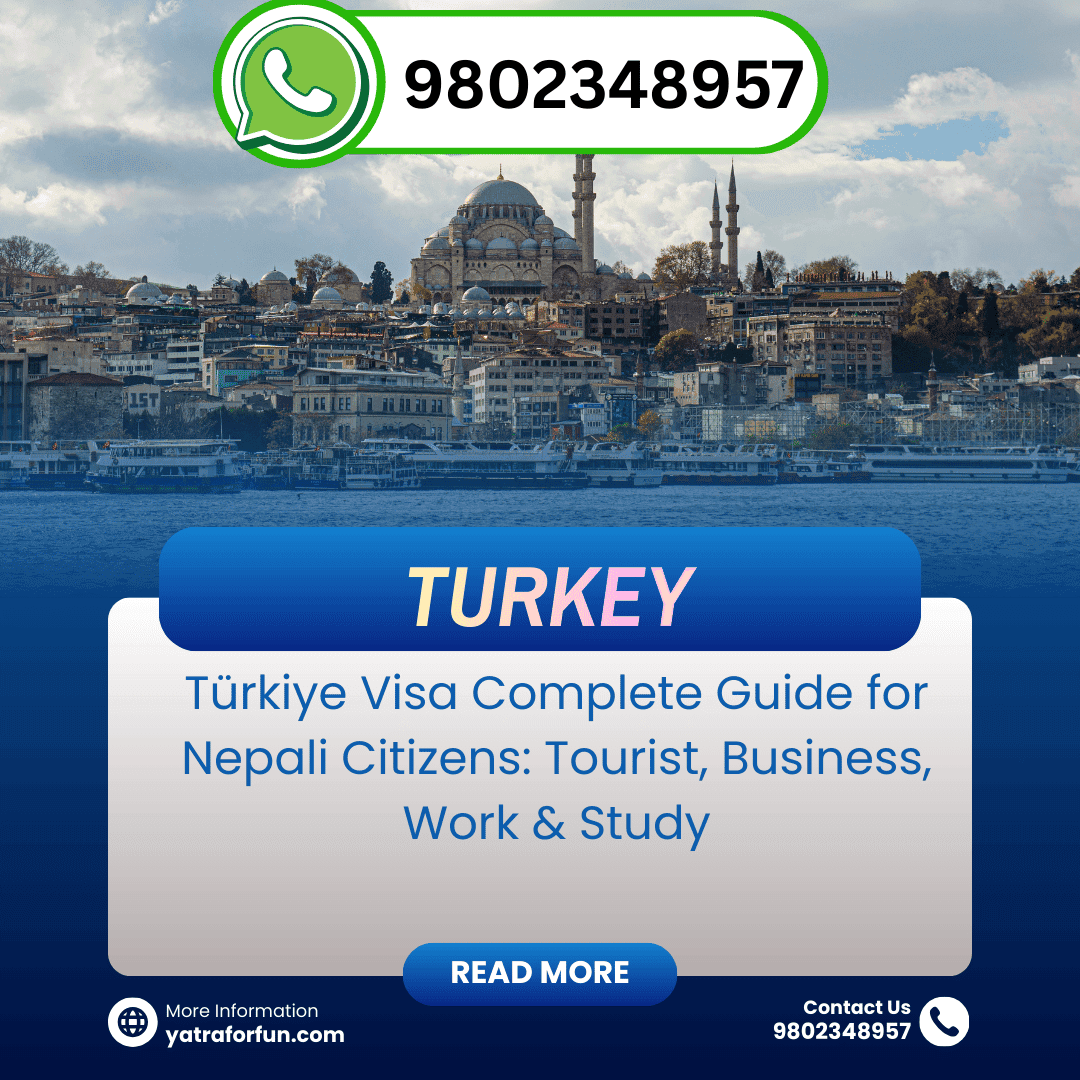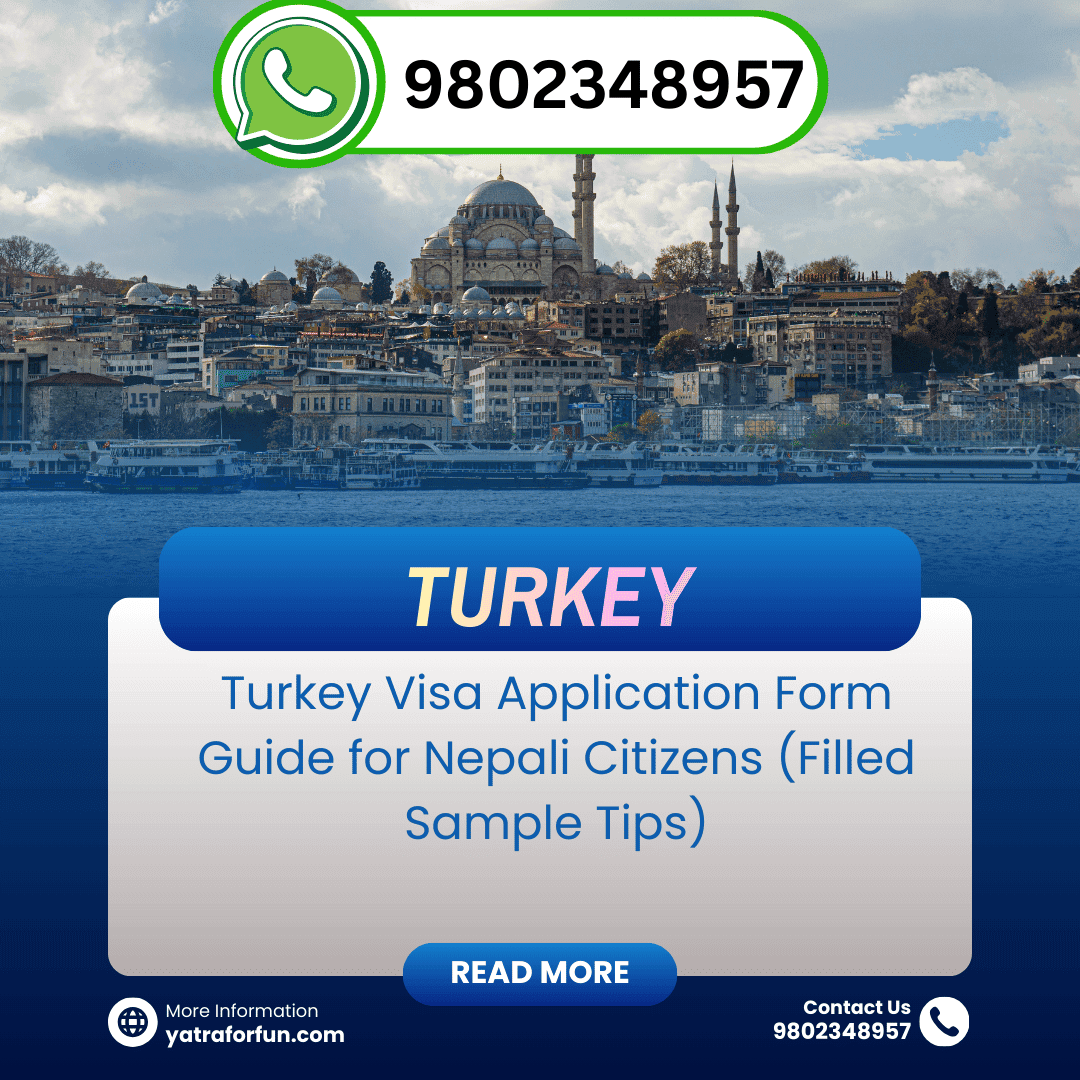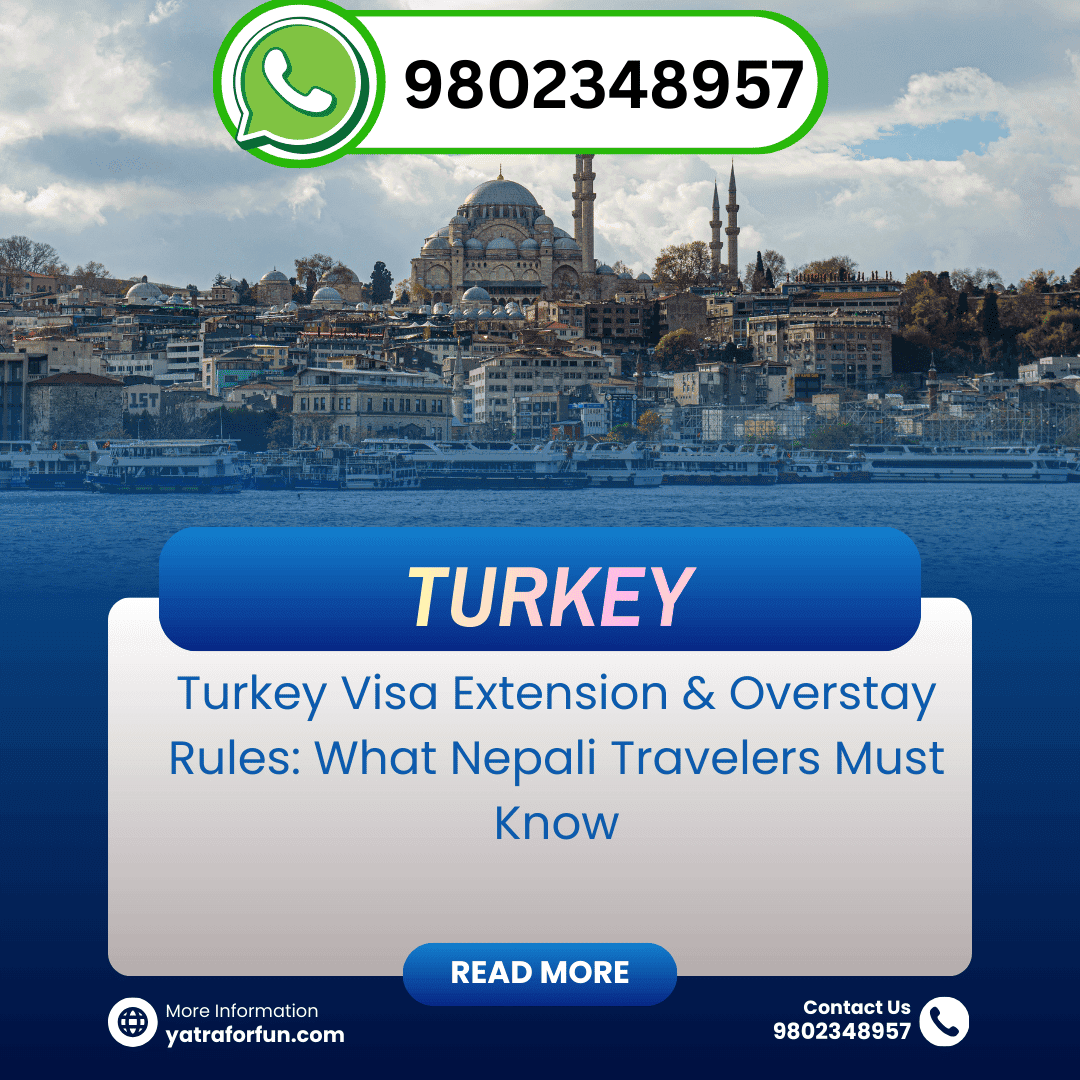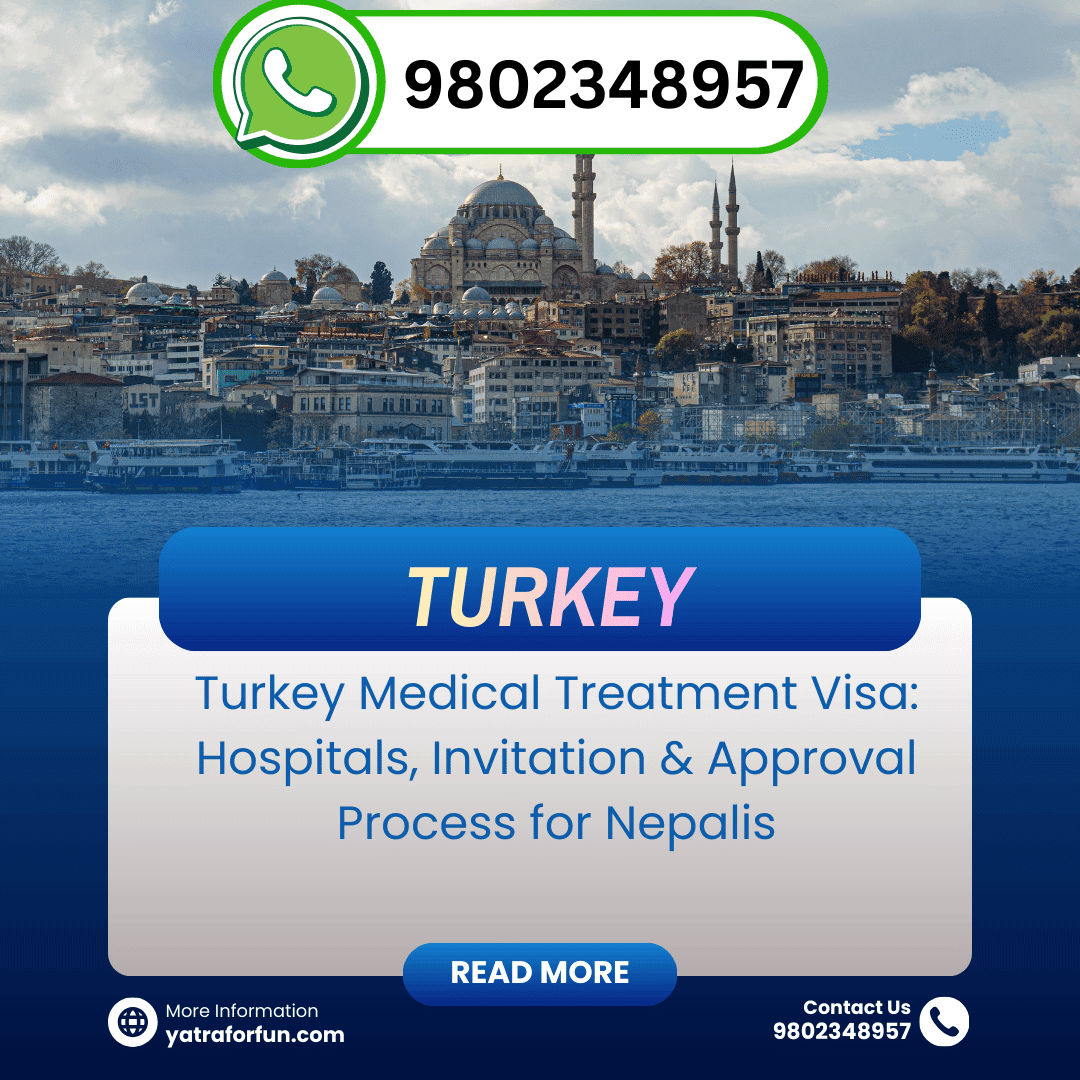By Dipesh Ghimire
Nepal's Energy Paradox: Between Hydropower Progress and Structural Dependency

Over the past few years, Nepal has witnessed a remarkable transformation in its energy infrastructure. Once plagued by chronic load-shedding, the country now produces surplus electricity during the monsoon season—an achievement primarily credited to the growth of hydropower production. Landmark projects like the Upper Tamakoshi have become national symbols of pride.
However, beneath the surface of this apparent progress lies a deeper, unresolved conflict. While nearly all electricity generated in Nepal is renewable, over 90% of the country’s total energy consumption still comes from imported fossil fuels and traditional biomass. This contradiction between production and consumption exposes a fundamental flaw in Nepal’s energy transformation strategy.
Electricity Access vs. Energy Justice
Energy, the article argues, is not merely a technological asset—it’s a fundamental right linked to dignity, equality, and sovereignty. Despite increased electricity generation, Nepal remains heavily dependent on petroleum imports, with limited storage capacity and rising trade deficits. In rural areas, a significant population still relies on firewood and biomass, perpetuating poverty, health issues, and environmental degradation.
This reveals a structural problem: hydropower success masks policy incoherence, institutional inertia, and a lack of systemic planning. For instance, while electricity access has improved, adoption of electric cooking appliances and electric vehicles remains minimal. Policies are unclear, pricing is distorted, and public understanding of energy diversification is limited. The transformation needs to go beyond generation—it must encompass equitable usage, access, and purpose.
Electric Cooking: An Untapped Opportunity
One of the biggest potential game-changers is electric cooking. Nepal imported nearly 478,000 tons of LPG in FY 2078/79, equivalent to 92,000 gas cylinders a day and costing over NPR 132 billion annually. If just 50% of this were replaced by electric cooking, Nepal would need an additional 4,000 MW—well within its surplus capacity.
Initial studies from the Center for Energy Studies show that induction cooking costs as little as NPR 1.42 per session, making it far cheaper than LPG. The environmental benefits are also significant, with potential reduction of 4 tons of CO₂ equivalent emissions daily. However, successful implementation demands reliable infrastructure, quality electricity supply, and affordable tariffs.
A Call for Systemic Energy Reform
The article emphasizes that true energy reform must redefine objectives. Transformation should not be measured in kilowatt-hours or GDP growth alone, but also by social equity and ethical use. Who gets to use energy—and how—is as important as how much is produced.
Nepal’s energy policy still relies too heavily on hydropower. While the country has an economic hydropower potential of 42 GW, most of it is based on run-of-the-river models that face seasonal and geographic limitations. Regions like Karnali and Far-Western Nepal still lack reliable and affordable electricity access. The issue isn’t resource scarcity—it’s distribution failure, governance lapses, and political will.
Decentralized and Inclusive Models
Decentralized energy systems—solar, micro-hydro, biogas—can offer equitable development. Yet these systems face social, political, and institutional hurdles. Though Nepal has installed over 900,000 solar systems and hundreds of improved stoves and biogas plants, these efforts are insufficient to meet national demand.
Durability of such systems depends not only on devices but on local governance, user training, maintenance, and financial models suited to rural realities.
Behavior, Not Just Access
Energy pricing exposes structural imbalance too. Electricity is cheaper per unit than LPG or petrol, but infrastructural and behavioral barriers limit adoption. In urban kitchens, LPG still dominates. In transportation, fossil fuels remain the norm.
Policy alone is not enough—public trust, awareness, and behavior change are critical. Electrification will not happen just by expanding the grid unless users believe in its reliability, affordability, and usefulness.
Educational and Policy Rethinking
The article calls for a shift in how engineers and policymakers are trained. Students should not just build infrastructure but also question systems. Ethics, policy analysis, and social perspectives must be integrated into energy education. Nepal doesn’t need to copy foreign models blindly—its unique geography, economy, and governance require intellectual innovation tailored to local needs.
The future of Nepal’s energy lies not in megawatts, but in mindsets. It’s not just an investment issue, but a question of imagination and shared values.
This article isn’t just a commentary on Nepal’s energy policy—it’s a wake-up call. It warns against the illusion of progress through generation alone and urges for a deeper, equity-centered transition. Energy must empower the most marginalized, reduce dependency, and drive systemic reform—not just light bulbs and industries.









